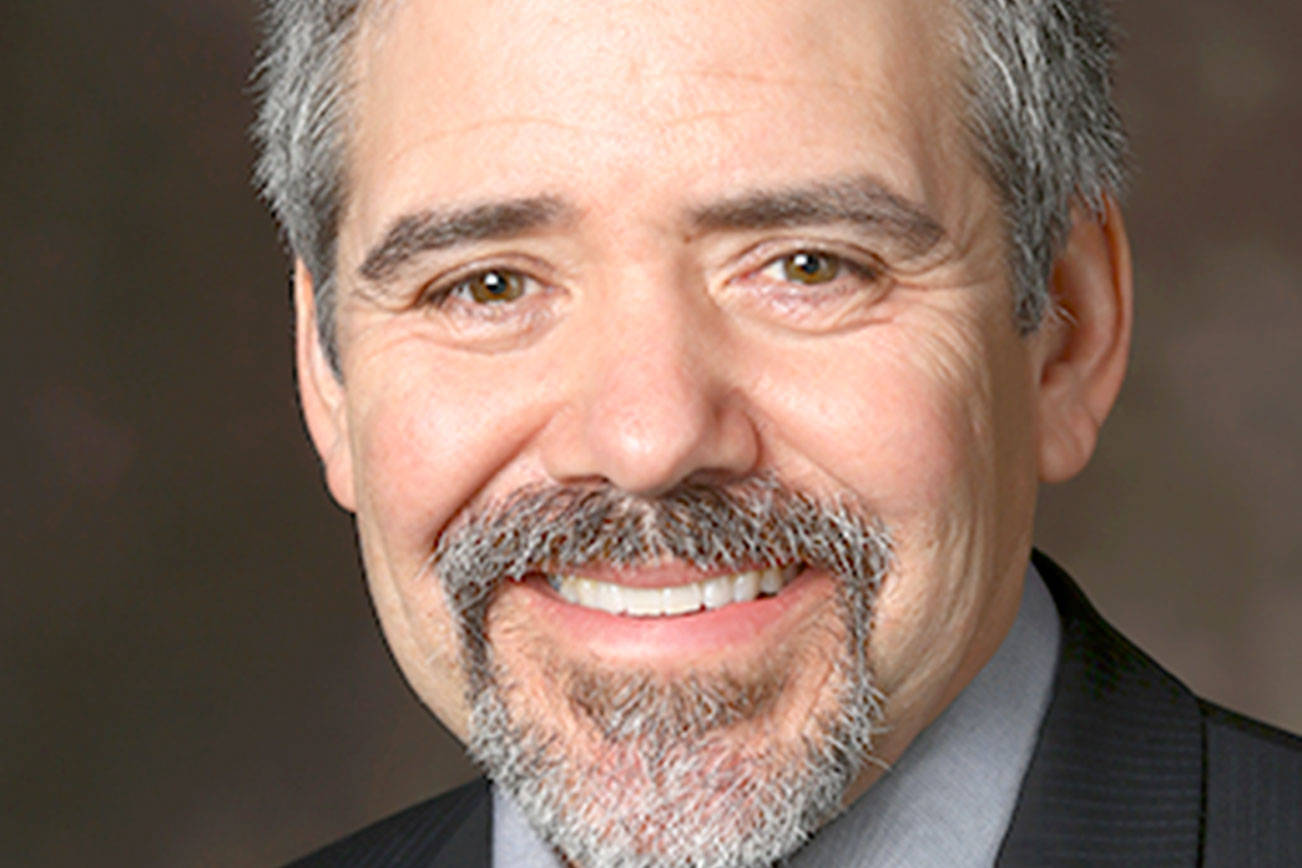Growing, harvesting and selling shellfish is part of the economic engine of Washington State, employing over 3,200 people in rural areas, with an economic contribution of over $270 million annually, according to the Pacific Coast Shellfish Growers Association.
Not surprisingly, people have grown and harvested shellfish in bays along the Strait of Juan de Fuca for hundreds of years. Historical evidence points to shellfish harvest, including harvest from family-tended “clam gardens” as a “chief occupation” of S’Klallam people, primarily for sustenance, and later for trade or sale to white settlers.
Tribal villages were still intact in and around Dungeness Bay as late as the 1880s, but by 1907 the only evidence at the end of Cline Spit was a shell midden three-meters deep, proving the abundance of the resources. In 1915, the federal government established the Dungeness Wildlife Refuge.
The State Department of Natural Resources (DNR) began leasing tidelands within the management boundaries of the Refuge in 1953, for the express purpose of aquaculture. For fifty years this area was dedicated to growing a naturalized species called the Pacific Oyster. The Jamestown S’Klallam Tribe secured this lease in the 1990s when it purchased The Oyster House as both a cultural and an economic resource for its citizens and the wider community, offering jobs in growing and harvesting, sorting and sizing, as well as sales.
Beginning in the late 1990s, Dungeness Bay shellfish harvesting was impacted by elevated levels of fecal coliform. By mid 2000s nearly the entire Bay had been downgraded due to public health risks associated with eating shellfish from contaminated waters and the Tribe closed the farm. Working in partnership with Clallam County, the Clallam Conservation District, the State Departments of Ecology and Health, the Tribe secured more than $2 million in grant funding for the express purpose of improving water quality in order to resume commercial shellfish beds. The piping of irrigation ditches, implementing best farm management practices, and repairing failing septic systems all contributed to water quality improvements that reopened the possibility of aquaculture in the Bay.
All the while, the Tribe has been paying for its DNR aquaculture lease and the State has continued to test shellfish, in anticipation of the return of aquaculture.
If the Tribe’s aquaculture had not been curtailed by poor water quality, it would have continued as an ongoing use. Instead, the interruption has required securing local and federal permits. The Tribe is working faithfully to secure these permits. However, the permit process seems to have resulted in misinformation and unfounded concerns among local residents.
The Tribe wants to assure the public that the planned oyster farm is of comparable size to the one previously located on the same tidelands – a proposed area of up to 34 acres (surrounded by a 25 foot eelgrass buffer that makes up the leased 50 acres). This amounts to 1.8 percent of the commercial shellfish area of Dungeness Bay.
The proposed on-bottom aquaculture is less obtrusive than our previous long-line cultivation method. The plastic mesh bags used to hold the oysters will be anchored to the sea floor and are durable, ultra-violet resistant material that we rotate out of use before they have a chance to degrade. The bags are flipped manually and are spaced apart. There is no evidence of decreased flora or fauna productivity on the sea floor, and in fact, the oysters become a productive habitat themselves.
The quantity of shellfish we propose to grow is no larger than what has historically grown in the Bay both prior to farming, and during the height of farming in the 20th century.
We share the public’s concern about marine resources, and care deeply about the health of the entire ecosystem of the Dungeness Bay, our ancestral watershed. Tribal people ingest a large amount of fin and shellfish, which is why we have worked so diligently for the past 15 years to restore Dungeness, Sequim and Discovery Bay to their prior pristine condition.
Like our Sequim Bay aquaculture operation, all work will be completely manual, with only a few people working the beach to plant, inspect and harvest oysters. All sorting, sizing and packing will take place off-site.
The Jamestown S’Klallam Tribe (a sovereign nation) and Jamestown Seafood (a tribally-owned business) have exactly the same interests in this project – to continue to enjoy and share our ancestral resources in a sustainable manner, and to keep our homelands clean and productive through 21st century “clean industry.” Sustainably growing naturalized species in Dungeness Bay creates job opportunities that ripple through Clallam and Jefferson Counties and beyond, and allows us to earn revenue to serve our Tribal citizens.
As always, our work is a balance between economic viability and preserving our homelands for the next seven generations and beyond. And as always, we intend to continue as a leader and a working partner in local environmental policies and practices.
Clallam County is accepting comments on our Conditional Use Permit through April 27. If you believe in the importance of clean industry in our area, please consider submitting a comment on our behalf.
Kurt Grinnell is a Jamestown S’Klallam Tribal Council Member, the Jamestown S’Klallam Tribe Aquaculture Program Manager and chair of the Jamestown S’Klallam Tribe’s Natural Resources Committee.



